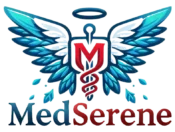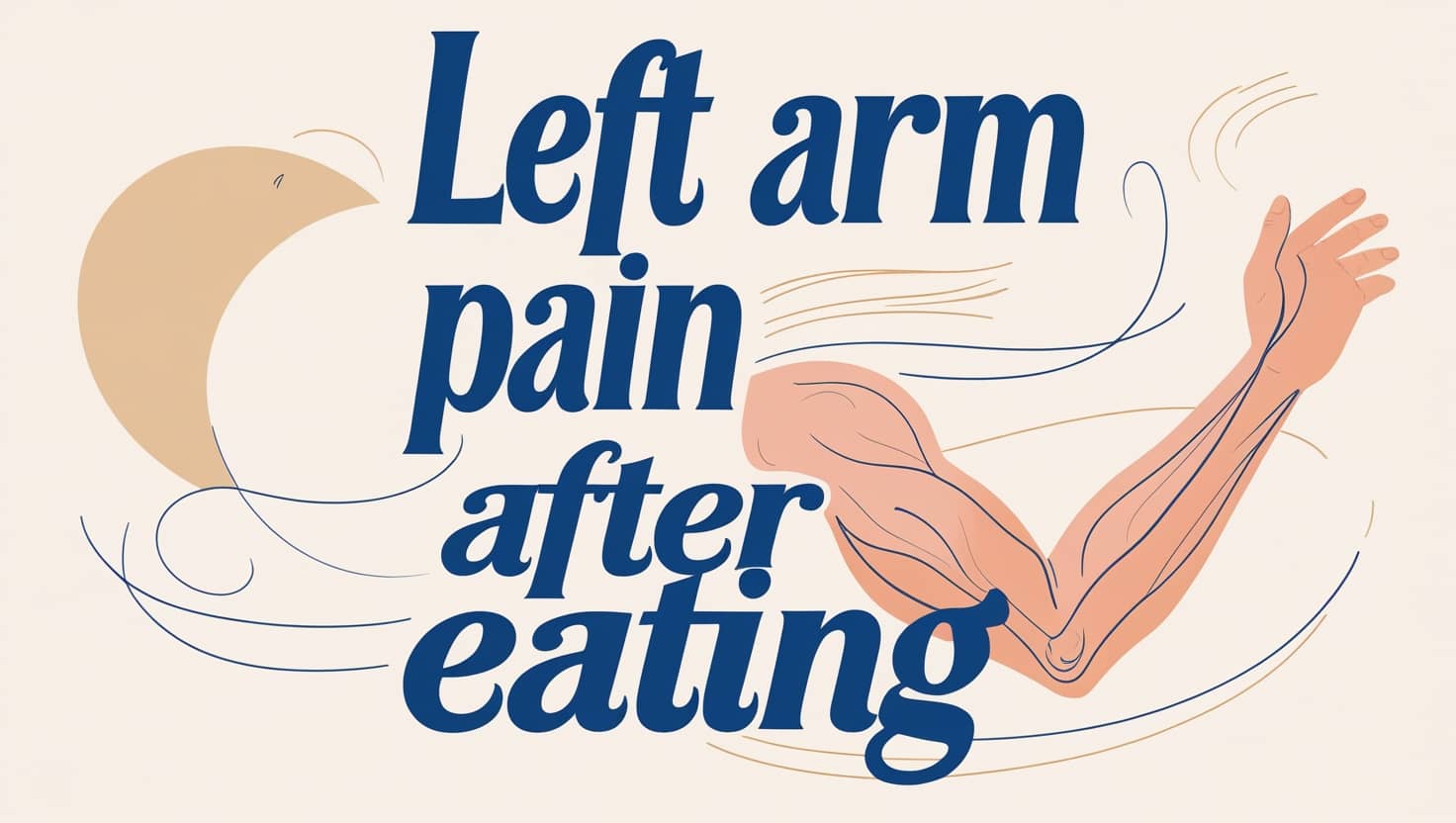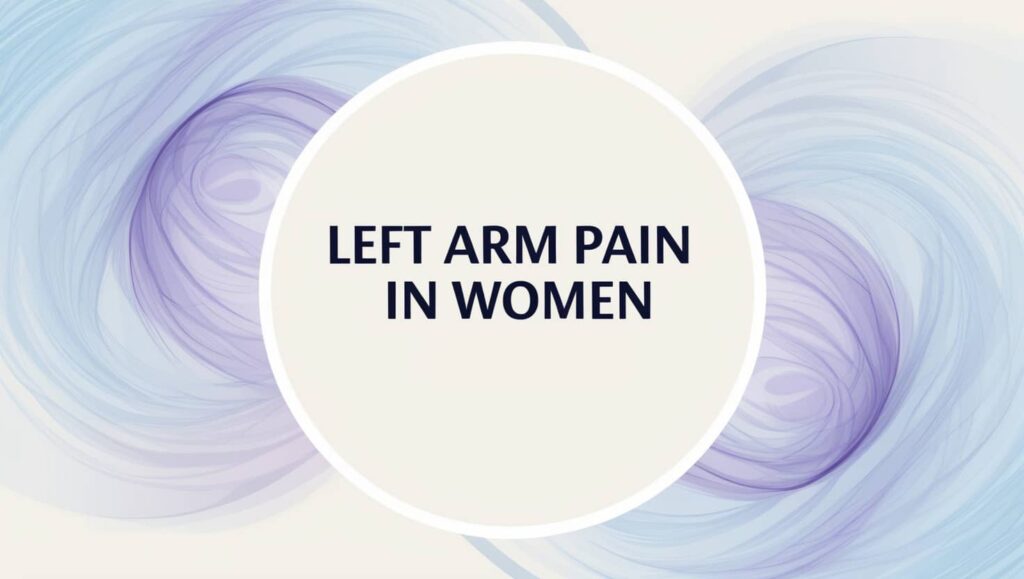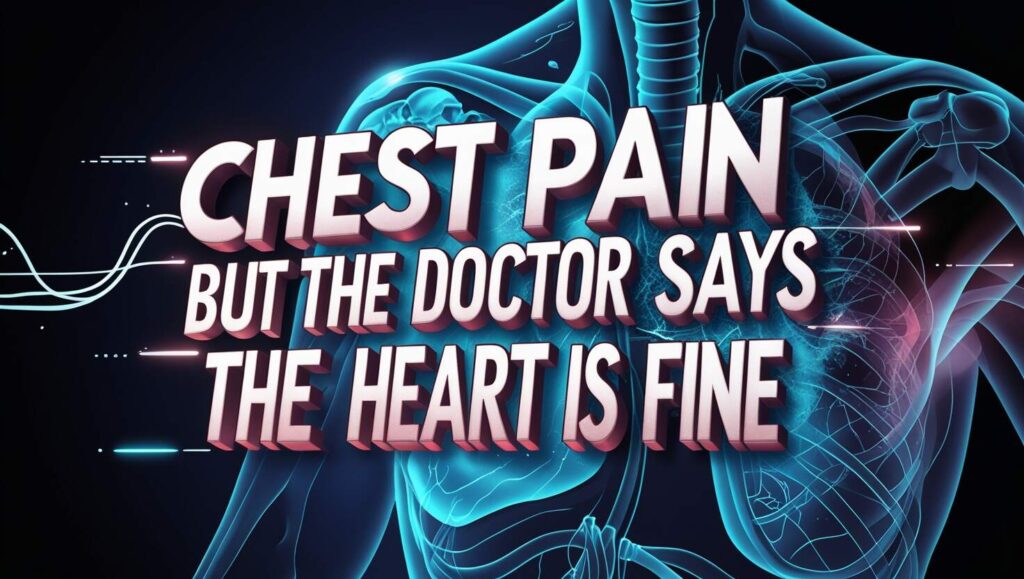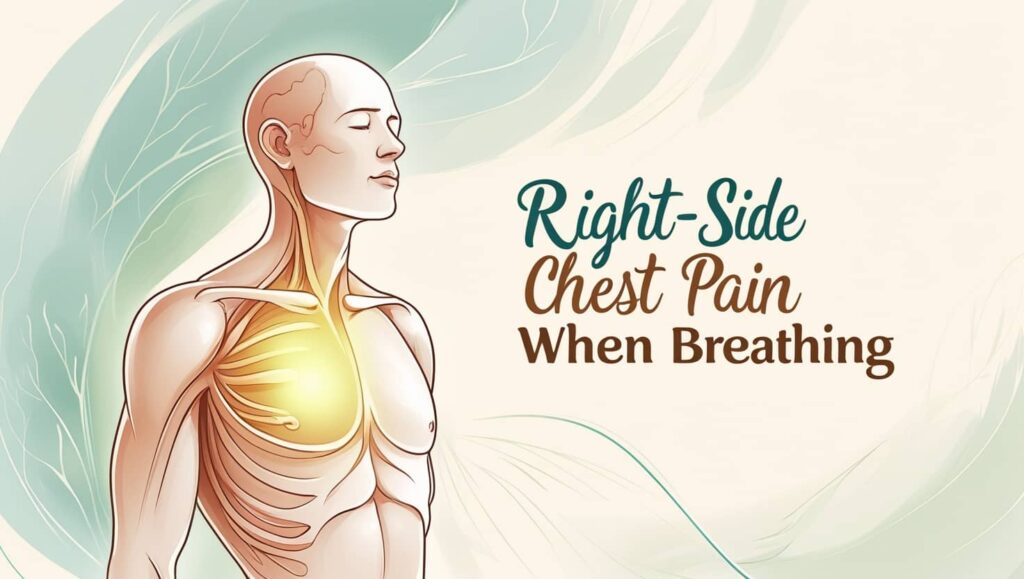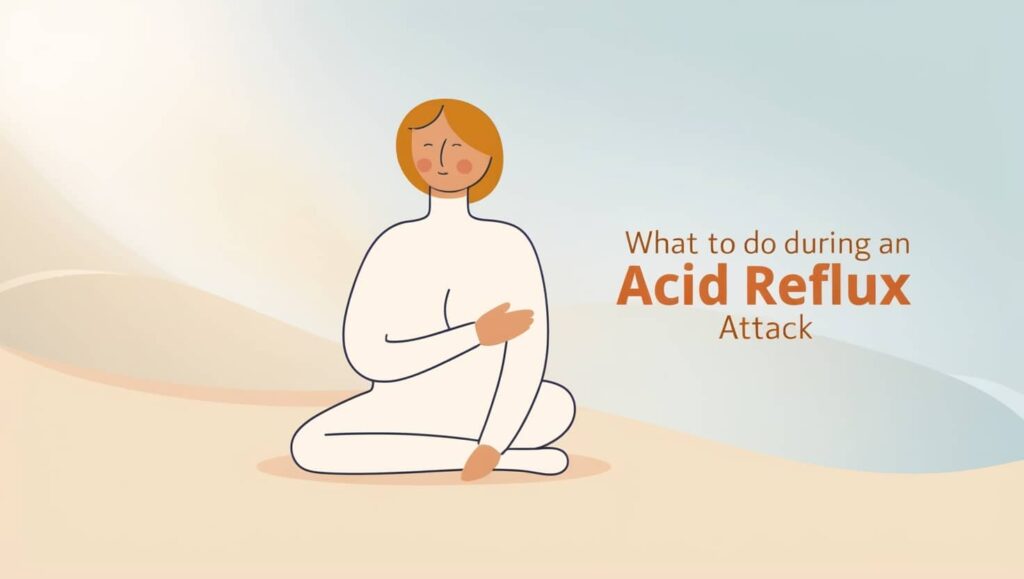Left arm pain after eating can be caused by heart problems such as angina or a heart attack, particularly if it is accompanied by chest pain, shortness of breath, or nausea. Acid reflux disease (GERD) can cause stomach discomfort. Indigestion, bloating, and gas buildup can all cause pain. Muscle strain, a pinched nerve, or stress can all contribute. If the symptoms are severe or persistent, seek medical assistance right once.
Causes of Left Arm Pain After Eating
Here are some possible causes of left arm pain after eating:
Heart problems
include angina or a heart attack, which is characterized by chest discomfort, shortness of breath, and nausea.
Angina might also feel like indigestion.
Angina isn’t a heart attack. However, it is indicative of a heart disease. Clogged or constricted coronary arteries are a common cause of angina.
GERD (Acid Reflux Disease)
Stomach acid irritates the esophagus, causing pain to radiate to the arm.
Indigestion or bloating: Gas or overeating causes discomfort in the arm.
Acute pancreatitis (AP)
may be brought on by an infection or another illness. Within minutes of eating, you can feel pain that travels to your left shoulder or mid-back, among other symptoms.
Pinched nerve
Nerve compression in the neck or upper back causes discomfort to spread down the arm.
Anxiety
Anxiety can induce pain in a variety of ways. Some people get pain in their left arm.
When Left Arm Pain Indicates a Medical Emergency
Left arm pain can occasionally indicate a medical emergency, especially if it is associated with signs of cardiac issues or angina. Here are some indicators that left arm pain might require rapid medical attention:
- Chest pain or pressure: If left arm discomfort is combined with chest pain, tightness, or pressure.
- Shortness of Breath.
- Sweating: Cold sweats or heavy sweating without physical activity, particularly with left arm pain and chest discomfort.
- Nausea or vomiting: particularly if it is sudden and inexplicable.
- dizziness or fainting: If your left arm pain is accompanied by dizziness, lightheadedness, or fainting.
- Radiating Pain: If the pain begins in the chest or upper abdomen and spreads to the left arm.
- Pain in other areas: Pain extending from the left arm to the jaw, neck, back, or stomach.
- Sudden onset of severe pain: If the pain begins abruptly and is severe, especially if there are other risk factors (for example, a history of heart disease, smoking, or high blood pressure), it should be handled as a medical emergency.
Read Also: Left Arm Pain in Women – Causes and Signs
How to Prevent Left Arm Pain Through Dietary Changes
To prevent left arm discomfort with dietary changes:
Heart health
- Reduce saturated and trans fats (avoid fried and processed foods).
- Consume more healthy fats, such as omega 3 (salmon and flaxseed).
- Consume more fruit, vegetables, whole grains, and fiber.
- Reduce your sodium and caffeine consumption.
GERD Management
- Avoid hot, fatty, or acidic foods.
- Eat smaller and more frequent meals.
- Reduce Bloating/Gas: – Consume fiber-rich foods, stay hydrated, and avoid gas-producing foods.
Reduce Inflammation
- Consume anti-inflammatory foods such as turmeric, ginger, and leafy greens.
- Avoid sugary and processed foods.
Weight Management
- Eat a balanced diet to prevent strain on the heart and joints.
- Reduce overeating by eating slowly and in small portions.
References
- Acute pancreatitis: MedlinePlus Medical Encyclopedia. (n.d.). Retrieved from medlineplus.gov website: https://medlineplus.gov/ency/article/000287.htm
- Kandola, A. (2020, June 29). Can you get left arm pain from anxiety? Retrieved February 8, 2025, from Medicalnewstoday.com website: https://www.medicalnewstoday.com/articles/left-arm-pain-from-anxiety#anxiety-and-pain
- Left arm pain: Causes, symptoms, treatments, and more. (2019, July 3). Retrieved from www.medicalnewstoday.com website: https://www.medicalnewstoday.com/articles/317652#faq
- National Institute of Diabetes and Digestive and Kidney Diseases. (2020, January 31). Symptoms & causes of pancreatitis . Retrieved from National Institute of Diabetes and Digestive and Kidney Diseases website: https://www.niddk.nih.gov/health-information/digestive-diseases/pancreatitis/symptoms-causes

Microbiology and Immunology Specialist | Scientific Writer
Lina Mahmoud Ahmed graduated from Cairo University’s Faculty of Veterinary Medicine with a B.Sc. in Veterinary Medical Sciences and a diploma in Microbiology and Immunology. With extensive knowledge and hands-on expertise, Lina is dedicated to delivering accurate and well-researched medical content that simplifies complex information for readers. She can be reached at [email protected].
